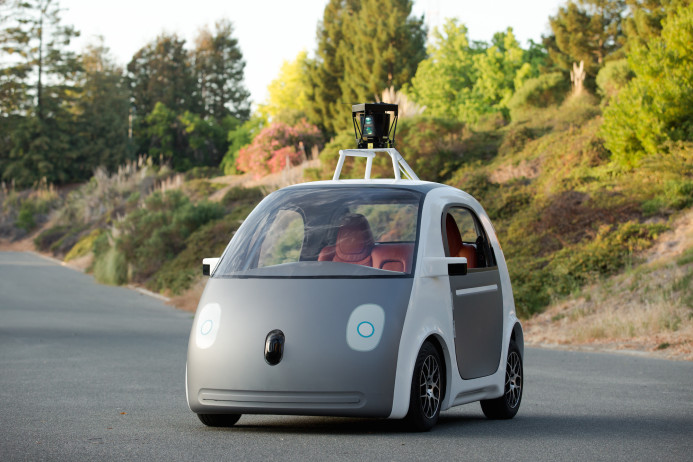Today Wikitude starts a new chapter launching the next generation of our AR content creator: our next version of Wikitude Studio, called Wikitude Studio Editor – currently in beta.
We introduced the world’s easiest AR creation tool back in 2013. Studio was phenomenal for its time! The old version of our tool was considered the most viable alternative to Metaio Creator, back then, the benchmark AR authoring and publishing tool – and one which is no longer available.
Since then, a lot has changed: new tools appeared in the market – and others have disappeared. AR experiences have become more sophisticated, and the need for customer engagement is now that much higher.
So as technology advances, so must the tools we use to create it! We’ve opened up public access to the next generation of our platform– the beta version of Wikitude Studio Editor. Our mission was to create an even more powerful tool that would allow anyone to build awesome AR experiences in just a few clicks.

With the beta version you will be able to use all functionalities of Studio, including previewing and testing of AR projects. With the official release of the new Wikitude Studio, you’ll be able to export to both the Wikitude app and to your own apps.
Here’s everything you need to know about Wikitude Studio Editor!
Augmented Reality experiences – bring any print to life
Wikitude Studio Editor enables you to create interactive augmented reality experiences for magazines, newspapers, business cards, billboards, catalogues, or any 2-dimensional or planar surface. You can add the following digital content to your print:
- 3D models
- Videos and transparent videos
- Images
- Social media sharing buttons
- Other buttons and labels
New features and navigation
“Quick, easy and fun” was our motto when developing the new Studio Editor. The list of what’s new on Studio is long – but here are the highlight features:
- 3D model visualization – a reason to celebrate for our old Studio users: now you can see 3D-model silhouettes making it much easier to work with your augmentations.
- New 3D space for targets – see your target and augmentations from different angles, freely move and adjust augmentation properties with the new Studio view.
- Integration with Wikitude Cloud Recognition – Studio is now connected with our Cloud recognition service, which allows you to access your targets much faster online
- Quick-load of projects via QR-code – preview and test your projects in just one scan, on the QR code reader of your choice
- Monitor and report of projects – Use Google Analytics to follow your project performance and create precise report for your AR campaigns
What’s coming next?
- Final version of Studio: our new Studio Editor is now available for free trial on the European set-up, so you can get started with our new AR content creation tool. The final version of Studio is planned for 2017. The old Studio remains with all its functionality and exporting properties until summer 2017.
- Project exporting: this beta version currently doesn’t allow exporting of projects. This functionality will be available on the full release of the next Wikitude Studio.
- Project migration: if you currently have projects in the old Studio, no need to worry! All projects remains untouched. Wikitude will provide a full migration guide once the new Studio is released.
We hope you enjoy working with Wikitude Studio Editor!
If you have any questions or feedback feel free to drop us a line on the Feedback section on the new Studio page. Spread the good news on Facebook, Twitter and LinkedIn.
The Wikitude team
 Support
Support FAQ
FAQ








